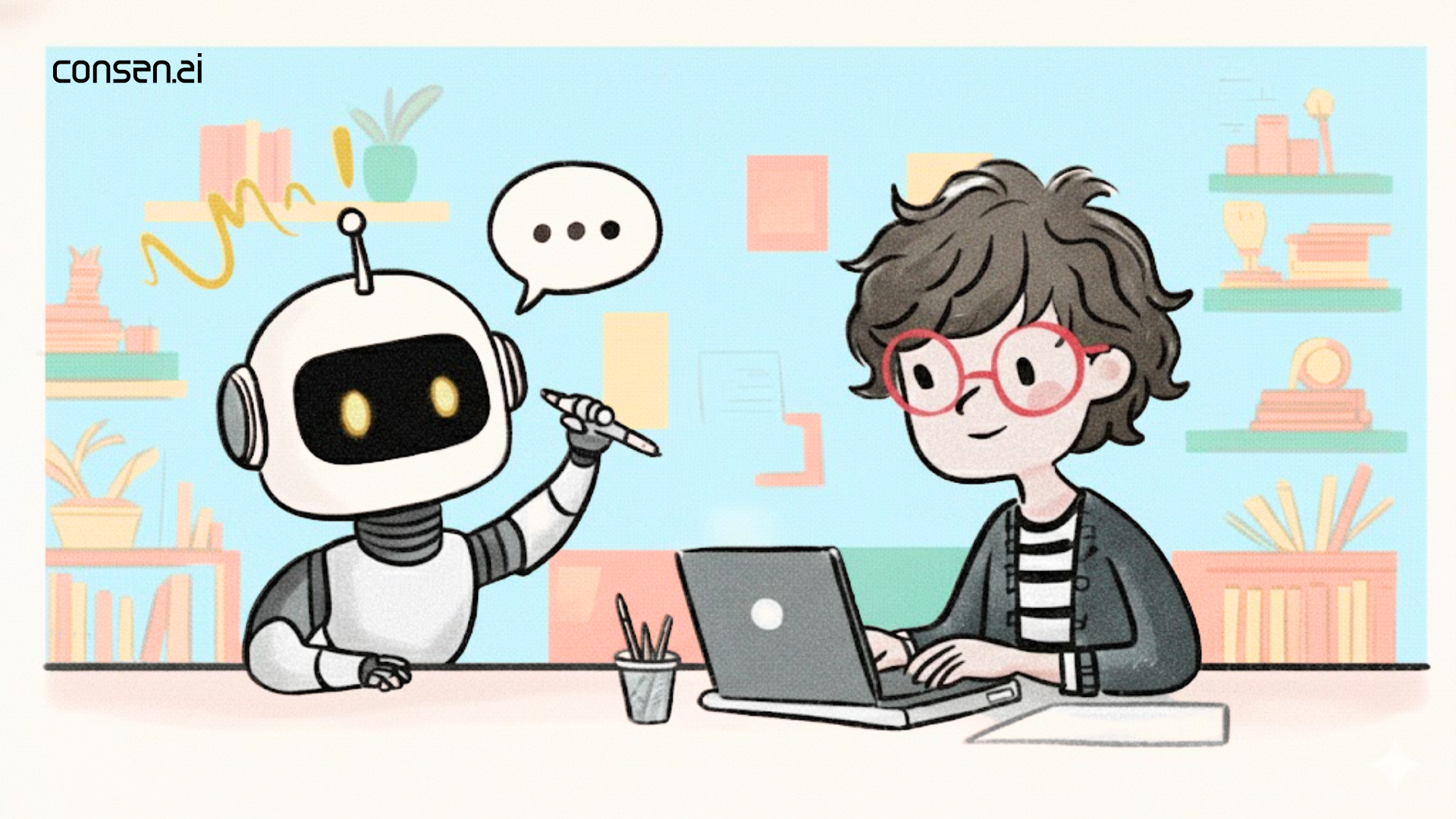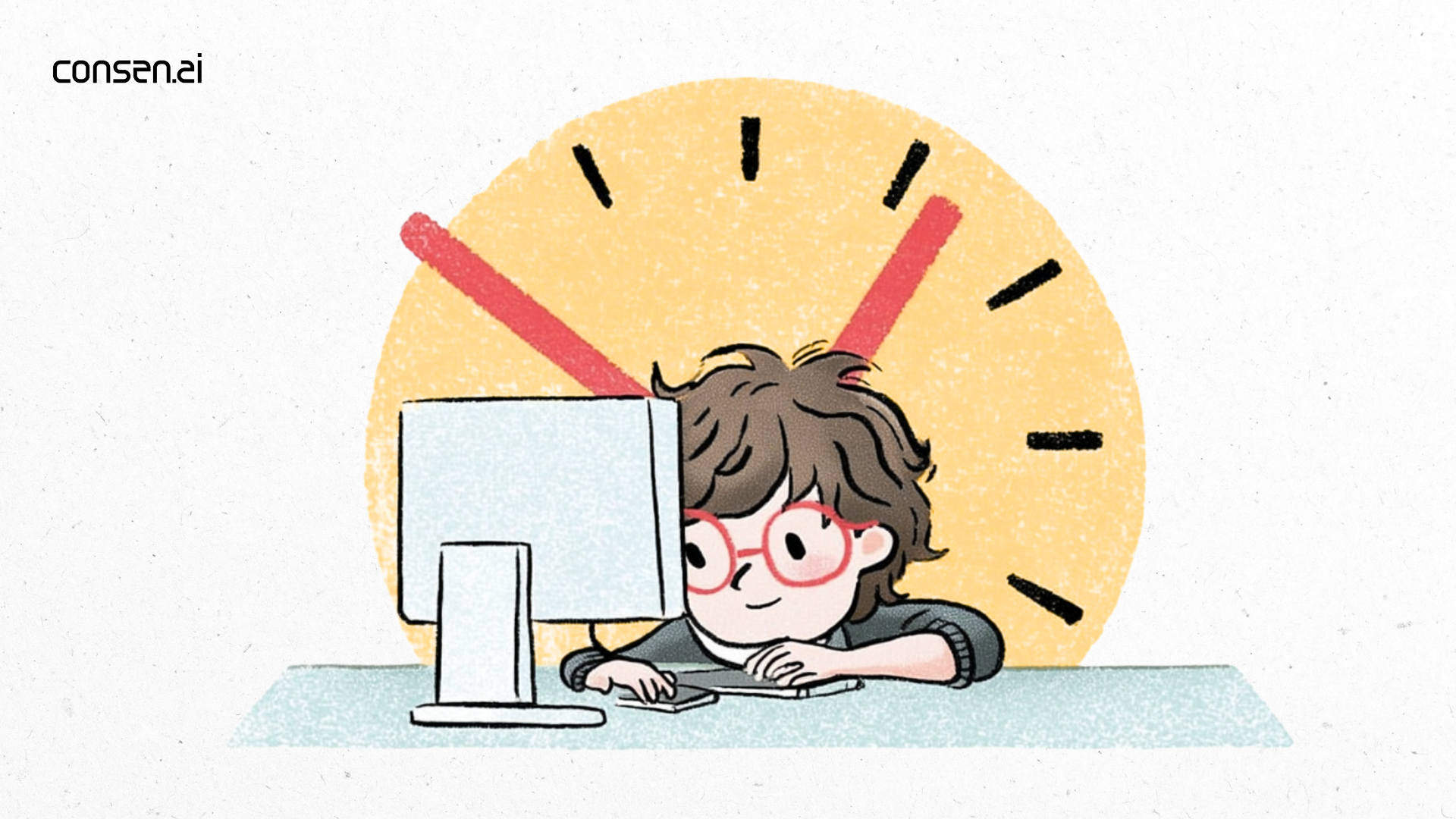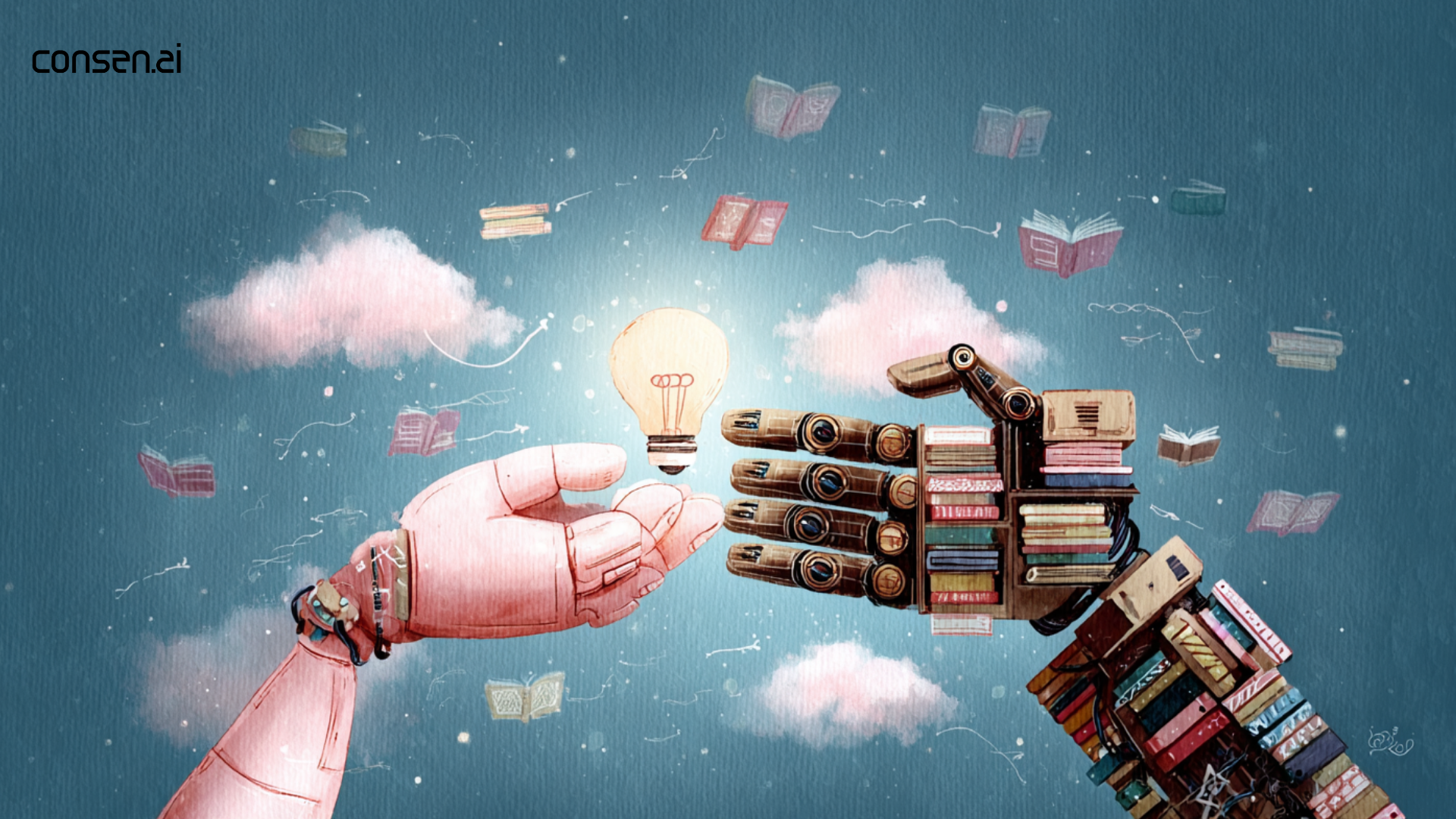Key Takeaways
- Efficient translation workflows are crucial for enhancing productivity and ensuring high-quality results.
- Common productivity barriers include poor time management, repetitive tasks, and insufficient resources.
- AI significantly boosts translation workflows by automating tasks and integrating diverse tools effectively.
- Real-world examples demonstrate successful AI implementations, offering inspiration for future advancements.
- The future of translation workflows is evolving with AI innovations, requiring adaptability and forward-thinking.
The Importance of Efficient Translation Workflows
In our increasingly globalized world, the demand for accurate and culturally relevant translations is soaring. As businesses expand across borders, the ability to communicate effectively in multiple languages becomes a critical success factor. Translation is not just about substituting words from one language to another; it's about conveying the full meaning and cultural nuances of the original message. This is particularly important as noted in the discussion about translation challenges and the necessity of dynamic equivalence, which ensures that the translated text has the same impact as the original.
A translation workflow is essentially a structured process that guides translation projects from start to finish. It includes every step, from initial text analysis to final quality assurance, ensuring that translations are delivered on time and meet the required standards. In the fast-paced translation industry, having an efficient workflow is crucial. It not only boosts productivity but also enhances the quality of translations, ultimately leading to better communication and understanding across different cultures.
The main objective of this post is to explore how efficient workflows can significantly improve productivity and quality in translation tasks. By identifying common productivity blockers and leveraging AI technologies, translators can streamline their processes, reduce repetitive tasks, and focus on delivering high-quality translations. This exploration is particularly timely given the growing global language services market, which highlights the increasing need for precise and culturally sensitive translations.
Common Productivity Killers in Translation
Translation might seem straightforward, but anyone who's been in the trenches knows it's a complex process full of potential productivity pitfalls. Let's dive into some of the typical challenges translators face and explore why they can be such a drag on productivity.
Time management tops the list for most translators. With deadlines looming and a constant influx of projects, juggling tasks can feel like a never-ending game of catch-up. It's not just about getting the words right; it's about doing so under pressure, which can lead to stress and burnout.
Repetitive tasks are another major culprit. Imagine translating similar content over and over again—it's like being stuck in a linguistic Groundhog Day. Not only does this drain energy, but it also risks errors as concentration wanes. Automation tools are supposed to help, but they're not perfect, often requiring human intervention to ensure accuracy.
Then, there's the ever-present issue of lack of resources. Whether it's not having access to the latest software or lacking a comprehensive glossary, these gaps can slow down the workflow significantly. Translators often have to spend precious time researching or reaching out to colleagues for support. According to Naarg Media, the complexity of capturing cultural nuances and idiomatic expressions often exacerbates these challenges.
Addressing these productivity killers is crucial for improving not just speed but also the quality of translations. In the next section, we'll explore how leveraging AI can offer tangible solutions to these persistent problems, streamlining workflows and reducing the burden on human translators.
Harnessing AI for Workflow Optimization
Imagine a world where translation workflows are as smooth as a well-oiled machine. Thanks to AI, this isn't just a distant dream—it's becoming a reality. AI technologies are revolutionizing how translation processes are managed, making them more efficient and less time-consuming. Let's delve into how AI can transform your workflows into a streamlined masterpiece.
One of the most exciting aspects of AI in translation is its ability to automate repetitive tasks. Think about those monotonous tasks that eat up your time—like translating similar phrases or ensuring consistent terminology across documents. AI tools can handle these with ease, freeing up valuable time for translators to focus on more complex and creative aspects of their work.
Moreover, AI shines when it comes to integrating various translation tools. By combining AI-powered solutions with existing translation management systems, you create a cohesive ecosystem that enhances productivity. This integration allows for seamless transitions between tasks, reducing the friction that often accompanies manual processes. The result? A smoother, more efficient workflow that keeps projects on track and on time.
Consider the practical applications of AI in translation, like real-time language processing and context understanding. These innovations enable AI to not only translate text but also capture the nuances of language, ensuring that the intended meaning is preserved. With AI, translations can be more accurate and culturally relevant, as detailed in this insightful article.
AI's potential doesn't stop there. As AI technology continues to evolve, we're seeing even more sophisticated tools emerging. For instance, neural machine translation systems are getting better at understanding context, which significantly improves translation quality. This is just one of the many innovations paving the way for a more advanced translation industry.
Incorporating AI into your translation workflow isn't just about keeping up with technology—it's about staying ahead. By leveraging AI, you can maximize efficiency, reduce errors, and ultimately deliver better translations faster.
Case Studies: AI Success Stories in Translation
There's something genuinely exciting about seeing AI transform how we do things, and the translation industry is no exception. Let's take a look at a few inspiring examples of how companies have successfully integrated AI into their translation workflows, boosting productivity and accuracy.
1. Retail Giant Corp – AI-Powered Multilingual Marketing
Lionbridge partnered with a major sports and apparel retailer to implement AI-driven content creation solutions. This initiative reduced multilingual content production timelines by 75% and translation costs by 45%, enabling the retailer to scale its global marketing efforts efficiently. lionbridge.com
2. LinguaTech – AI-Enhanced Translation Memory
LinguaTech integrated AI with its translation memory systems, allowing the AI to learn from previous translations and apply this knowledge to new projects. This approach reduced repetitive translation efforts, improved consistency across projects, and maintained high translation quality, which was crucial for clients in regulated industries. redokun.com
3. GlobalTech Solutions – AI for Multilingual Subtitling
A global technology leader utilized AI-powered transcription and translation tools to achieve fast, accurate multilingual subtitling for a one-hour company video. The project was completed within a tight 3-4 day deadline, demonstrating the efficiency of AI in handling large-scale translation tasks.
These case studies illustrate the transformative potential of AI in translation workflows. By automating mundane tasks and enhancing the accuracy of translations, AI allows businesses to operate more efficiently and effectively. GlobalTech.com
The Future of Translation Workflow with AI
Imagine a world where translation workflows are seamlessly integrated with advanced AI technologies, making the process faster, more accurate, and culturally nuanced. This is not just a dream but a rapidly approaching reality. As AI technology continues to evolve, it's reshaping the landscape of translation in ways we couldn't have anticipated just a few years ago.
One of the most exciting prospects is the potential for real-time translation. With the advancement of technologies like neural machine translation, we can expect to see more accurate and context-aware translations happening instantaneously. This isn't just about converting words; it's about understanding and adapting to the cultural nuances that make communication effective.
Furthermore, AI's ability to learn and adapt will lead to more personalized translation services. Imagine a tool that understands the unique preferences of its user, offering translations that are not only accurate but also aligned with the user's tone and style. This level of customization could transform how businesses interact with global audiences, making communications more relatable and engaging.
Looking ahead, we can also anticipate the integration of AI with augmented reality (AR) to enhance translation experiences. Picture this: you're traveling in a foreign country, and with just a glance through your AR glasses, you can understand the signs and menus around you. This kind of innovation not only makes traveling more accessible but also enriches cultural exchange.
To truly capitalize on these advancements, it's crucial for translators and businesses alike to adopt a forward-thinking mindset. Embracing these technologies early can set you apart from competitors and open up new avenues for engagement. The key is adaptability and a willingness to explore the possibilities that AI brings to the table.
Conclusion
In conclusion, integrating AI into translation workflows brings significant benefits. By automating repetitive tasks and incorporating advanced tools, AI enhances efficiency while allowing human translators to focus on more complex, creative work. This shift boosts productivity and improves the quality of translations, ensuring cultural relevance and accuracy.
Looking ahead, staying updated with AI advancements is crucial. The translation industry is evolving quickly, and those who adapt to new tools will be better positioned for success. Embracing AI isn’t just about keeping up; it’s about using these innovations to meet specific translation needs more effectively, maintaining a competitive edge in a globalized world.
For those eager to learn more, our post about AI solutions in translation offers deeper insights into how AI is turning challenges into opportunities, helping enhance workflow efficiency and stay ahead in the industry.
Thankyou for reading!



